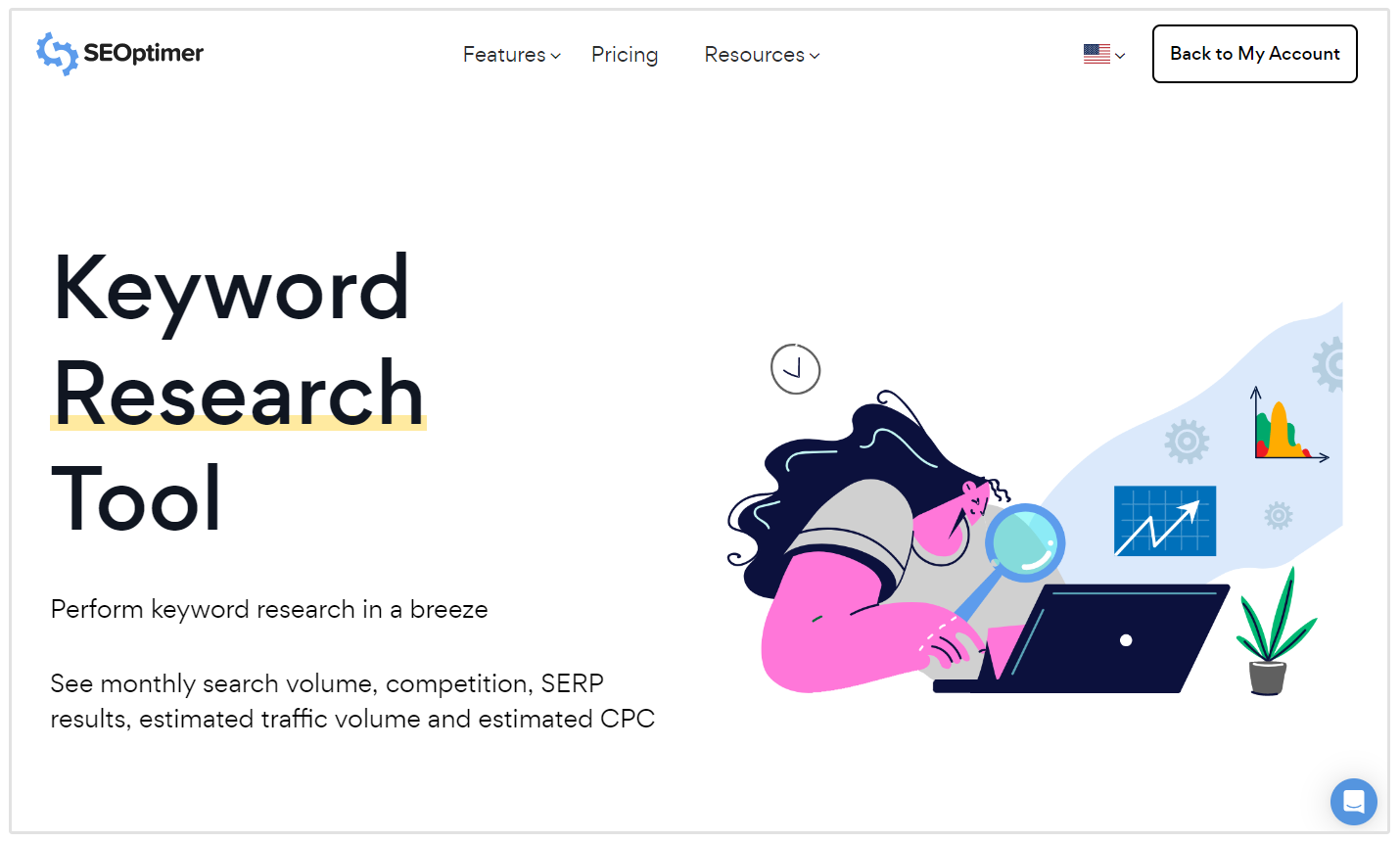Maximizing Your Data Analysis With Secondary Dimension in Google Analytics for Informed Decision-Making
In the realm of digital analytics, the capacity to remove purposeful insights from information is vital for making notified decisions that drive company success. Google Analytics, a powerful tool in the hands of electronic marketing professionals and experts, supplies an attribute known as Additional Measurement. This often-underutilized feature has the prospective to reveal a riches of info that can provide a deeper understanding of customer behavior and site performance. By taking advantage of the capabilities of Additional Dimension, individuals can obtain an extra comprehensive sight of their information, enabling them to make calculated choices based on a more nuanced and thorough analysis.
Recognizing Second Dimension Capability
Recognizing the second measurement performance in Google Analytics enhances the deepness of data evaluation by providing additional context to key metrics. By including a secondary measurement, experts can section and compare data, obtaining understandings that would certainly otherwise stay hidden. This feature enables users to watch data with different lenses, such as the source of website traffic, user actions, or geographical area, providing an extra comprehensive understanding of internet site efficiency.
Making use of additional dimensions can disclose patterns and relationships that may not appear when looking only at main metrics. Pairing the key metric of page views with a second dimension like tool group can uncover whether particular gadgets drive more web traffic to details pages. This details can after that educate internet site optimization approaches customized to various gadget users.
Implementing Second Dimension in Records
Structure upon the understandings gained via secondary measurement evaluation, including these dimensions efficiently right into reports in Google Analytics is vital for removing actionable data-driven decisions. what is a secondary dimension in google analytics. By executing additional dimensions in records, users can dig deeper into the efficiency metrics of their website or app. This attribute enables a much more comprehensive analysis by giving extra context to the primary dimension chosen
To implement an additional measurement in reports, simply browse to the desired report in Google Analytics and click the "Additional measurement" tab situated over the information table. From there, customers can pick from a large range of secondary measurements such as 'Source/Medium', 'Device Category', or 'Landing Page'. Choosing one of the most relevant second measurement will certainly rely on the specific insights you are looking for to uncover.
Making use of second dimensions in reports not only improves the depth of evaluation however additionally aids in identifying fads, patterns, and correlations that may have or else gone undetected. This calculated technique to data analysis makes it possible for businesses to make informed choices that drive growth and success.

Analyzing Data With Secondary Measurements
Upon integrating secondary dimensions right into data analysis within Google Analytics, an in-depth exam of key efficiency indications can be accomplished, offering beneficial understandings for calculated decision-making. By using secondary dimensions, analysts can even more study their primary information measurements, such as website traffic sources or customer demographics, to discover patterns or fads that might not be right away noticeable. This deeper level of analysis allows for a much more extensive understanding of individual habits and communications on a site or digital platform.
Assessing information with secondary dimensions enables marketing professionals and website owners to respond to even more particular inquiries about their target market, material performance, and advertising efforts. For instance, by integrating the primary dimension of traffic sources with a second dimension like geographical location, businesses can identify which regions drive the most important traffic to their website. This type of granular understanding can educate advertising strategies, content production, and internet site optimization efforts to much better satisfy the needs and preferences of their target audience.
Leveraging Additional Measurements for Insights
By including second measurements successfully, experts can extract much deeper insights from information sets in Google Analytics, improving the understanding of customer actions and performance metrics. Leveraging secondary measurements involves integrating different features or metrics with primary information to uncover patterns and patterns that might not appear initially glance. As an example, by adding a second measurement such as 'Device Category' to a Website record on site traffic, experts can determine whether individual habits varies across various devices like desktops, cellphones, or tablets.
Additionally, making use of secondary measurements permits experts to section data much more granularly, allowing them to identify specific audience segments or geographic locations that show distinct actions. what is a secondary go to this web-site dimension in google analytics. This division can be crucial in customizing marketing strategies, optimizing web site content, or boosting user experience based on the distinct characteristics of each sector
Basically, leveraging additional dimensions in Google Analytics equips experts to dig deeper into information, acquire purposeful insights, and make informed decisions that drive company growth and success.
Enhancing Decision-Making Through Secondary Measurements
Using additional measurements in data analysis provides a calculated advantage by discovering workable understandings that drive notified decision-making in Google Analytics. By improving decision-making through second measurements, customers can dig much deeper right into their data to remove important details that might not be immediately apparent. These additional measurements provide an even more thorough view of individual behavior, communications, and outcomes, enabling analysts to make more enlightened decisions based on concrete data.
Via the utilization of additional measurements, experts can section and filter information to identify patterns, fads, and connections that may influence decision-making processes. This enhanced degree of granularity enables an extra targeted technique to assessing data, causing even more accurate and informative final thoughts.
Additionally, secondary measurements provide the opportunity to contrast different data points side by side, assisting in a much more extensive examination of efficiency metrics and KPIs. By leveraging additional measurements efficiently, services can maximize their strategies, enhance individual experiences, and eventually accomplish their goals with self-confidence.
Final Thought

Structure upon the understandings gotten through secondary measurement analysis, integrating these measurements efficiently right into reports in Google Analytics is important for extracting actionable data-driven choices.To apply a second measurement in records, just navigate to the desired record in Google Analytics and click on the "Additional dimension" tab located above the data table. By utilizing second measurements, experts can better explore their primary information measurements, such as website traffic resources or individual demographics, to uncover patterns or fads that may not be right away noticeable. By combining the primary dimension of traffic sources with a secondary measurement like geographical location, organizations can identify which regions drive the most beneficial traffic to their website.By incorporating secondary dimensions successfully, analysts can extract deeper understandings from information collections in Google Analytics, boosting the understanding of customer actions and efficiency metrics.